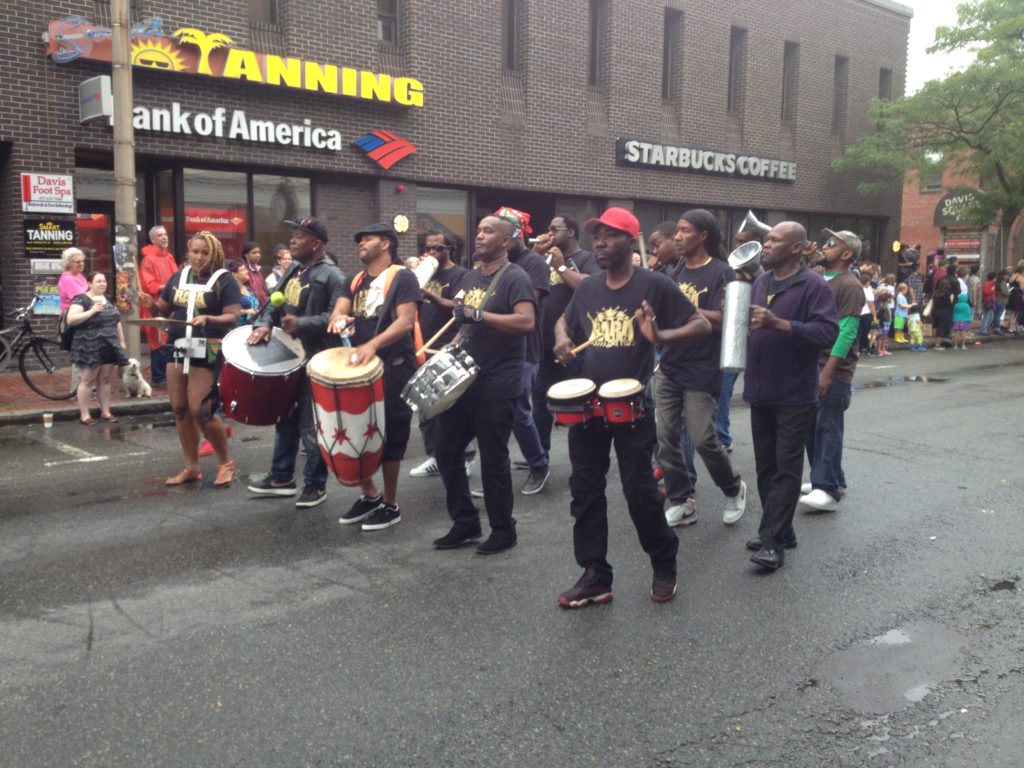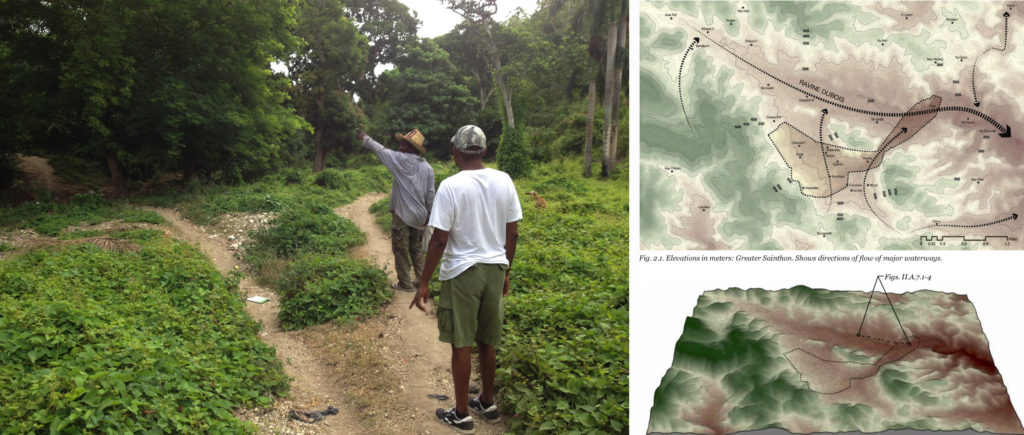
Populations are increasingly on the move.
Whether displaced involuntarily by climate change, conflict, or persecution, or seeking better economic opportunity – or all of the above – the act of movement and the two-way links between a ‘homeland’ and a new location are an effective and timely lens through which to view the many challenges facing global communities.
The Diaspora Studio initiative seeks to explore the interactions between place, risk, and identity.

What are the “ground-rules”?
- Find exciting and excited, talented people!
- Select a community with active links between a ‘home’ context and a diaspora – or outside the home – context. OR:
- Select a community experiencing similar challenges that resonate with(in) another community.
- Prioritize locales that pair a developing country with one in a developed country.
- View risk as an opportunity, a conversation-starter, rather than a roadblock.

What’s the methodology?
- Use design inquiry as a tool for both analysis of existing challenges and for articulating and visualizing opportunities.
- Identify and link local experts and stakeholders in a position to shape both locale’s futures.
- Work collaboratively with local partners and technical experts to research and assess existing conditions in community.
- Find the ways in which lines blur.
- Ex.: leapfrogging to cellular, mobile banking (Africa), Southside Chicago or New Orleans old and busted infrastructure, reversion to agrarian within city limits Detroit.
- Identify one key catalytic urban intervention that addresses:
- Climate change adaptation
- Affordable housing
- Social resilience / cohesion
- Strengthening of local institutions and civil society
- Make it visible, fun, active, and tangible!
What are the goals?
- Use the phenomenon of diaspora as the lens through which to view multiple natural hazards and risks at the same time.
- Leverage the design and planning processes as a way to understand – and proactively adapt to – the challenges of a changing climate.
- Strengthen local relationships, institutions, and systems to help reduce community dependencies on:
- outside (i.e. foreign) intervention – staffing, planning, technical advising
- outside funding
- long-term operating costs from outside gap funding
- Leverage involvement of international partner organizations towards local capacity-building: technical services, planning, monitoring and evaluations.
- Minimize repetition of work / overlapping scope among partners.
- Minimize exhaustion or raised expectations of local government officials and civil society organizations from repetition of work (i.e. have only one community engagement and planning process).

Why a studio format?
A lecture is given – mostly “preaching to the choir”, a few questions, things end, and maybe a few people at best will follow up with business cards.
A workshop is held, people roll up their sleeves, get to work for a bit, a smattering of stakeholders from the community are present (hopefully), pictures are taken, and things have largely receded in the mind by the time the commute home is finished.
Only a studio format has the potential to:
- Combine the skills, interests, and energies of instructors, students, and community partners.
- Work across disciplinary boundaries and hierarchies.
- Maintain a level of energy and engagement over an extended period of time.
- Produce a tangible product that is well-considered, inspired, lovingly crafted, and – hopefully – of use to the communities in articulating a vision for which funding and support may be sought.
Where did this idea come from?
Those in diaspora communities are inextricably linked to two places at once, poised between worlds. Often, one tugs harder than the other, but the ties remain.
I know this firsthand: as a U.S. citizen born to an American and a Cuban parent, I have always existed between two places, two cultures, two experiences. It makes me who I am. It makes me whole.
During my work and research in both the Caribbean (Haiti, Cuba, Dominica) and in the United States, an older woman was traveling to the U.S. She looked grim, reflective. I imagined the challenges she might’ve faced back home, and those she might find in the U.S.:
- How were they different? How were they similar?
- Had she been at a disadvantage back home? Might she be less so in her new home? What preconceptions was I bringing?
- Would her family back home be better off now? How about the family in her new home? The what degree would the links between the two families – and places – help things?
- Where was ‘home’ now?
The Diaspora Studio seeks to explore these and other questions.
Additional Reading